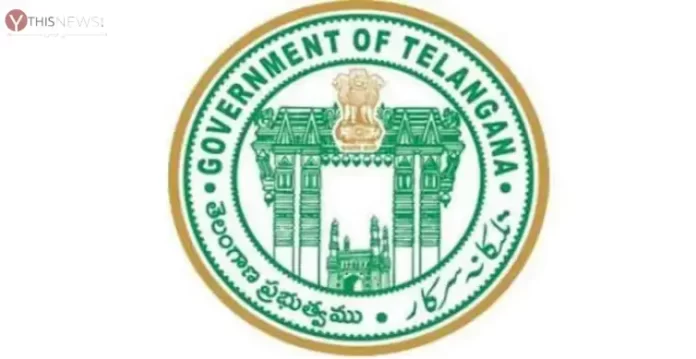Rising groundwater levels in North Telangana have resulted in a corresponding drop in groundwater fluoride levels in recent years.
Officials attribute the improvement in the groundwater table to the Kaleshwaram Lift Irrigation Project, stating that there was a record growth in groundwater as all major and minor irrigation projects, tanks, ponds, and other water bodies were brimming with water throughout the year after the Kaleshwaram project was completed.
In comparison to the groundwater levels in November 2017, there was a rise of 3.6 to 3.8 metres in November 2022, they said.
District Groundwater Officer Ch Shaila Sree Mallika Devi was quoted as saying that the the groundwater table had improved drastically after completion of the Kaleshwaram project.
As a result, she stated, the solids in the water had diluted.
Due to which fluoride levels had decreased, as evidenced by the water quality examination performed in the Level-II lab at Karimnagar, she said, adding that approximately 5,000 water samples from observation wells in 14 districts of north Telangana were tested in the lab each year. Testing would be done by following 13 different parameters.
In May 2017, 14.61 percent of samples collected from 14 districts’ wells exceeded permissible limits. The highest was 3.52 mg/l in Polampalli, Thimmapur mandal, compared to the permissible 1.5 mg/l. In the non-command area of the Kaleshwaram project, 42.86 percent samples were beyond permissible limits. A fluoride level of 3.41 mg/l was recorded in Porandla of Thimmapur mandal.
Although the percentage of samples having fluoride beyond permissible limits increased) in May 2021, the percentage of fluoride had decreased. Sirsapalli in Huzrabad mandal had a level of 2.60 mg/l. The number of samples with high fluoride levels in non-command areas had decreased to 23.81 percent from 42.86 percent in 2017.
In 2017, post-monsoon statistics revealed that 12.36 percent of samples in the Kaleshwaram command area were beyong limits. In the non-command area, 33.33 percent of samples were beyond limits.
In May 2021 in the command area, only 6.67 percent samples were beyond limits while in the non-command area, 14.29 percent samples had beyond fluoride permissible limits.
Besides fluoride, carbonate alkalinity, bicarbonate alkalinity, chloride, sulfate, sodium, potassium, nitrate, calcium, magnesium and others were found in normal levels, the officials added.
(This story has been sourced from a third-party syndicated feed, agencies. Raavi Media accepts no responsibility or liability for the text’s dependability, trustworthiness, reliability, and data. Raavi Media management/ythisnews.com reserves the sole right to alter, delete or remove (without notice) the content at its absolute discretion for any reason whatsoever.)







